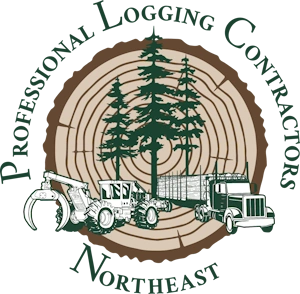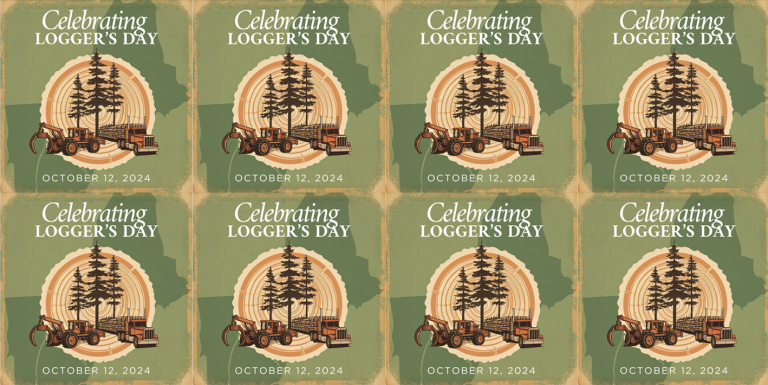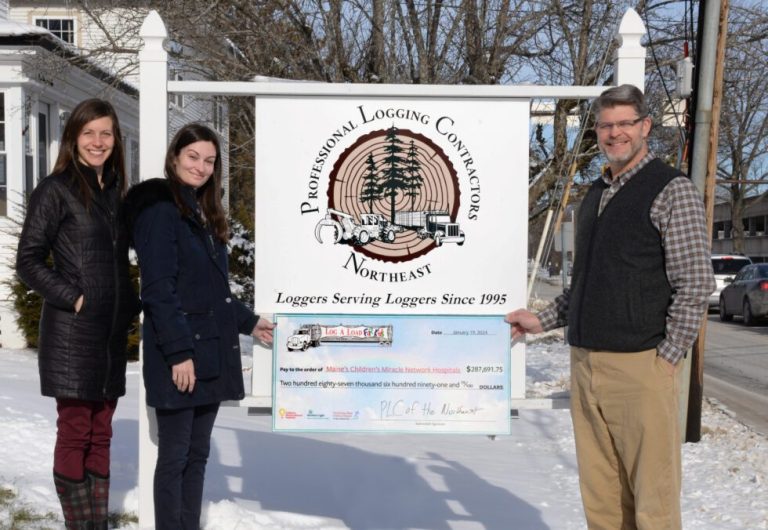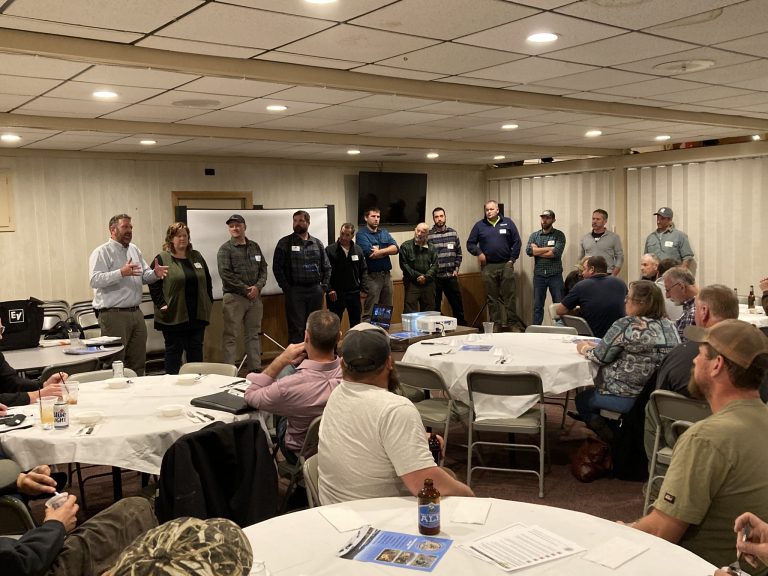‘-As We See It-January 2015-Healthy Forests, Healthy Families and Healthy Communities
 As We See It: Healthy Forests, Healthy Families and Healthy Communities
As We See It: Healthy Forests, Healthy Families and Healthy Communities
When the general public hears the term “forest products industry” most folks immediately think of the manufacturers, sawmills, and corporate landowners. When the folks at F.H. Stoltze Land & Lumber Co. of Columbia Falls, Montana hear the term forest products industry, we envision a three leg stool with each leg carrying an equal but different role, opportunity, and set of challenges. The three legs of that stool in our mind are the forest landowner, the logging-trucking infrastructure and the manufacturing facilities. We all want the goal of healthy forests because it is where we live, raise our families, recreate, as well as make our living. We need all three legs of this stool to have the opportunity to be financially and operationally healthy to achieve those goals.
industry, we envision a three leg stool with each leg carrying an equal but different role, opportunity, and set of challenges. The three legs of that stool in our mind are the forest landowner, the logging-trucking infrastructure and the manufacturing facilities. We all want the goal of healthy forests because it is where we live, raise our families, recreate, as well as make our living. We need all three legs of this stool to have the opportunity to be financially and operationally healthy to achieve those goals.
F.H. Stoltze Land & Lumber is a 103 year old family company that owns forest lands, a sawmill, a wood-fired power plant, and is a logging contractor. We are very fortunate to have a unique perspective, because we get to experience all three of the legs! The importance of the relationships between those three legs is critical to Stoltze and over the years, we have developed a working philosophy that centers on mutual respect of the three primary components of this industry. As land managers and contractors, we are given a simple, but powerful directive from the Stoltze Family “Treat the land as if it were your own”. In those simple words lies the opportunity for pride in ownership and the responsibility of accountability for our actions.
Fostering the relationship between the mill, logger and landowner is something that takes continual effort and quite honestly requires compromise and a commitment to see the greater common goal. At any one time, each leg of that stool could make business or operational decisions that may strengthen an individual leg, but would do so at the risk of weakening the other two legs. Trying to find a balance that is good for all is quite a challenge and requires significant effort by all parties.
For Stoltze, the relationship between mill and logger is truly based on trust and mutual respect. If one looks up the definition of “trust” in the dictionary you will find words like: belief, reliable, good, effective, and honesty. We all know that trust is something that is built or earned through common experiences over time. In the words of Ronald Reagan, “Trust but Verify”, is an important step in building a relationship. It is not uncommon at Stoltze for there to be a 25 year plus relationship between the company and a logging contractor. We see our contracting workforce as an essential part of the team to get good forestry work done on the ground, with each contractor having their own position or niche of expertise.
The most visible evidence of this trust is the fact that Stoltze does not mark trees. This may not be a unique circumstance in many regions of the country, except for the fact that we rarely implement simple even age management or plantation thinning prescriptions. Our goal on company lands and most of the small private lands we work on is to manage to an uneven aged – best tree management system which requires individual leave tree selection. Our professional foresters work with our professional logging contractors to discuss the silvicultural goals and desired outcome for the stand, then “turn the clipper operator free to implement those goals”.
A primary component of the relationship between Stoltze and the contractors is a strong investment in education backed up by experience. Stoltze requires all our logging contractors to maintain the highest level of logger training available in Montana, which is the Accredited Logging Professional designation by the Montana Logging Association. This is a rigorous program that entails completion of an in-depth Forest Stewardship training, BMPS, safety training, and annual continuing education requirements. Ongoing conversations between foresters and contractors on how to better implement our timber harvests with the long term goal of forest and business sustainability in mind, rounds out the relationships.
Why you may ask does Stoltze invest so heavily in the relationship between the mill and the logger? The answer is simple. While it is good for both the mill and logger, ultimately it is also necessary to build a strong relationship with the third leg, the forest landowner. In our neck of the woods, the landowner is not just the private Tree Farmer or rancher who owns some forested acres, but the general public as well. Over 70% of our forest land in northwestern Montana is in either State or Federal ownership. The fact that our contractors are free to bring a landowner to any of their jobs on Stoltze land to show their work and the knowledge that Stoltze will give a fair and honest review of a contractor’s work to a landowner is strong motivation to do their best at all times. The work on the ground is our resume’ and our report card. It is also a strong marketing tool to help convince other landowners that the Stoltze Team is their best option in managing their lands for the long term.
This relationship is not perfect, as there are things that Stoltze would like to be able to offer contractors that are simply out of our control. One is certainty of continuous work. We operate in a severely constrained stumpage market though surrounded by a sea of public forests. Stoltze is simply not able to guarantee work for all of our contractors all of the time. That is a frustration to both sides of the partnership, since it constrains us in making necessary business decisions, most significantly, capital investment for the future.
Quality of work is often overshadowed by low costs, especially in a highly competitive stumpage market. Montana’s experiences extremely high stumpage values when compared to other parts of the country, mostly due to the shortage of available timber. This relationship and way of doing business comes at a very real financial cost on both sides of the table. The increased cost of operating under such high standards at times can be the difference between getting a job or not, especially if price is the primary deciding factor. Being the best logger or most efficient mill in the world does not do any good if you don’t have stumpage under contract to harvest! So the challenge is to find the balance.
Stoltze is very proud to hold both Tree Farm certification on our company timberlands and a SFI Fiber Sourcing Certificate on our procurement programs. Our quality logging contractors are the basis of both programs. We are hopeful that one day we will see a market that values and is willing to continually pay for quality forest management through the wood products market place.
Until that day arrives, we have invested in building trust and sustainability as a basis for personal and business relationships between all three legs of the stool. That, in our opinion is good business and the evidence is in the quality of the forest stewardship we leave for the future.
Paul McKenzie is the Lands & Resource Manager and Chuck Roady is the Vice President & General Manager of F.H. Stoltze Land & Lumber Co. located in Columbia Falls, Montana.




